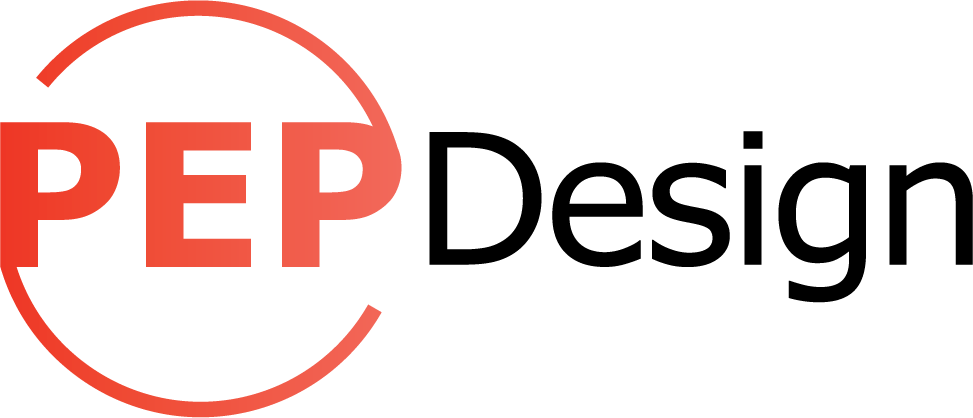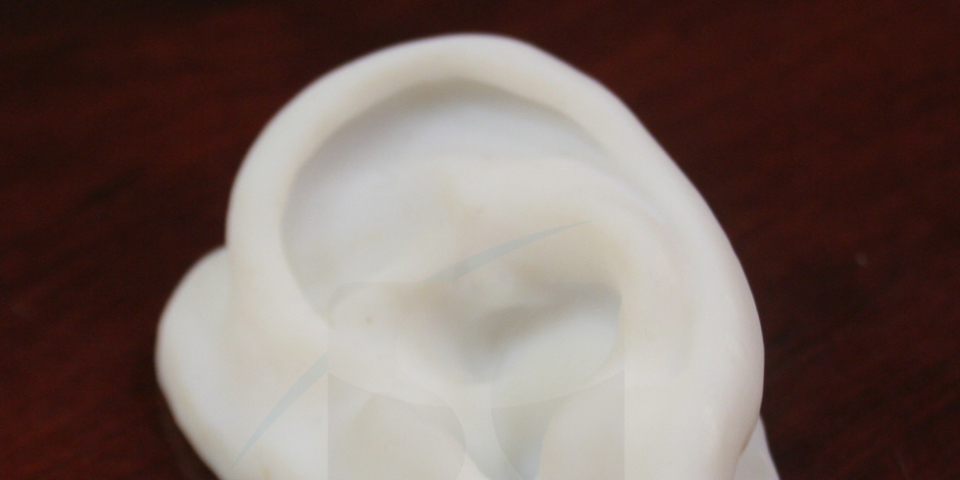This blog series explores 3D printing options that are available today.
In our 3D-printing series this month, we look at photopolymer jetting or “PolyJet” as it is typically known. PolyJet is an additive manufacturing process like FDM and SLA. PolyJet printers use liquid photopolymer urethane materials that are sprayed on layer by layer and instantly cured using a UV lamp within the printer. Like FDM parts, the PolyJet process uses a gel-like support material to hold up features during the building and curing process. This support material is water soluble and can be easily removed with water jetting after building.
PolyJet is the best 3D-printing technology for prototyping elastomeric (rubber-like) materials. It is commonly used to mimic flexible materials like polypropylene, polyethylene, and EPDM rubber. However PolyJet parts can also be made of materials to simulate more rigid plastics like polycarbonate, styrene, and ABS. PolyJet parts can simulate material hardnesses from Shore A 27 to 95, with increasing tear resistance and tensile strength. One benefit of PolyJet over other additive manufacturing processes is that it gives you the option to combine several materials into one 3D printed model. This is helpful when you need to evaluate the look and feel of a part with overmolded (second shot) features. PolyJet’s ability to combine resins also gives it the widest range of material choices and mechanical properties (i.e. hardness, tensile strength), as well as hues and translucencies. This does come at a price as PolyJet parts tend to be more expensive than FDM parts.
PolyJet parts can be built up with very thin layers (0.0006”) and can typically hold tolerances of ±0.005” depending on the printer. Parts can have wall thicknesses as low as .024”. PolyJet parts also have a smooth surface finish, which removes the stair step ridges seen on FDM and SLA parts. This allows for a better fit between parts. However, care must be taken when handling PolyJet parts because they can warp and dimensionally change as a result of exposure to ambient heat, humidity, or sunlight. FDM parts are typically less affected by these environmental factors.
Unlike FDM parts that are strongest when force is applied perpendicular to the build lines, PolyJet parts maintain the strength across all axes. However, rigid PolyJet parts have about half the strength of standard FDM parts. This means that while PolyJet parts are good for checking the form and fit, they do not have the integrity and impact resistance needed for functional testing. Similarly, elastomeric PolyJets are prone to tearing and will not stretch as readily as production parts.
Pongratz Engineering is routinely called upon to recommend and select rapid prototyping methods for our customers. Contact us for more information or professional advice, www.pongratz-engineering.com.
NEXT UP: Selective Laser Sintering (SLS)
Related posts:


